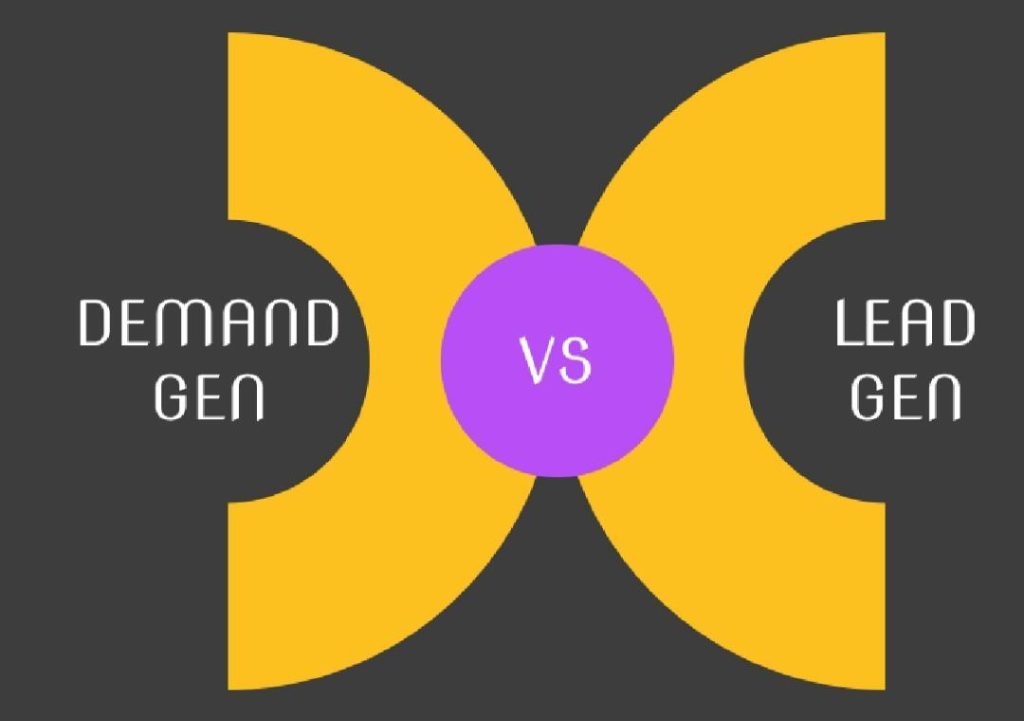
What Matters More Between Demand Generation and Lead Generation?
As marketers, we’re constantly trying to find the best ways to drive growth and revenue for our organizations. Two strategies that are often discussed in this context are demand generation and lead generation. While both are essential for business success, they serve different purposes and have distinct roles to play in the buyer’s journey. In this blog post, we’ll delve into the differences between demand generation and lead generation, and explore which one matters more.
Demand Generation: Building Awareness
Demand generation is the process of building awareness and interest in a product or service among potential customers. This is typically done through content marketing, events, and education. The goal is to create a sense of need or desire among potential buyers, and to establish your brand as a thought leader in your industry.
Demand generation is often used to fill the top of the funnel, where it’s responsible for generating a large volume of leads. This is because demand generation targets a broader audience, including those who are just starting to research their options. By providing valuable content and insights, demand generation campaigns can attract a large number of potential customers who are still in the early stages of the buyer’s journey.
Lead Generation: Capturing Interest
Lead generation, on the other hand, is the process of capturing contact details from individuals who have expressed interest in a product or service. This is typically done through tactics such as landing pages, email marketing, and paid advertising. The goal is to capture the contact information of potential customers who are further along in the buyer’s journey, and to qualify them for sales.
Lead generation is often used to fill the middle and bottom of the funnel, where it’s responsible for generating a smaller number of high-quality leads. This is because lead generation targets a narrower audience, including those who are closer to making a purchase decision. By providing valuable offers and incentives, lead generation campaigns can capture the contact information of potential customers who are ready to take the next step.
Why Demand Generation Matters More
While both demand generation and lead generation are important, demand generation matters more because it fills the funnel. Without demand generation, there would be no leads to capture, and no pipeline to fill. Demand generation is the foundation of any successful marketing strategy, as it provides the initial spark that sets the buyer’s journey in motion.
In contrast, lead generation is simply a means to an end. While it’s essential for capturing contact details and qualifying leads, it’s not as critical as demand generation when it comes to driving growth and revenue. This is because lead generation is often limited by the number of leads that are available, whereas demand generation can generate an almost unlimited number of leads by building awareness and interest among potential customers.
How Demand Generation and Lead Generation Align
One of the biggest challenges that marketers face is aligning demand generation and lead generation with sales. This is because both strategies have different goals and targets, and it can be difficult to coordinate efforts and measure success.
However, by understanding the roles that demand generation and lead generation play in the buyer’s journey, marketers can work to align their efforts more effectively. For example, demand generation can be used to target a broader audience and build awareness, while lead generation can be used to target a narrower audience and capture contact details.
By working together, demand generation and lead generation can create a powerful marketing machine that drives growth and revenue. This is because demand generation fills the funnel, while lead generation fills the pipeline. By understanding the differences between these two strategies, marketers can create a more effective and efficient marketing strategy that drives real results.
Conclusion
In conclusion, demand generation and lead generation are two essential marketing strategies that serve different purposes and have distinct roles to play in the buyer’s journey. While both are important, demand generation matters more because it fills the funnel and provides the initial spark that sets the buyer’s journey in motion.
By understanding the differences between demand generation and lead generation, marketers can create a more effective and efficient marketing strategy that drives growth and revenue. By filling the funnel and filling the pipeline, demand generation and lead generation can work together to create a powerful marketing machine that drives real results.
Source: https://www.growthjockey.com/blogs/demand-generation-lead-generation-difference






